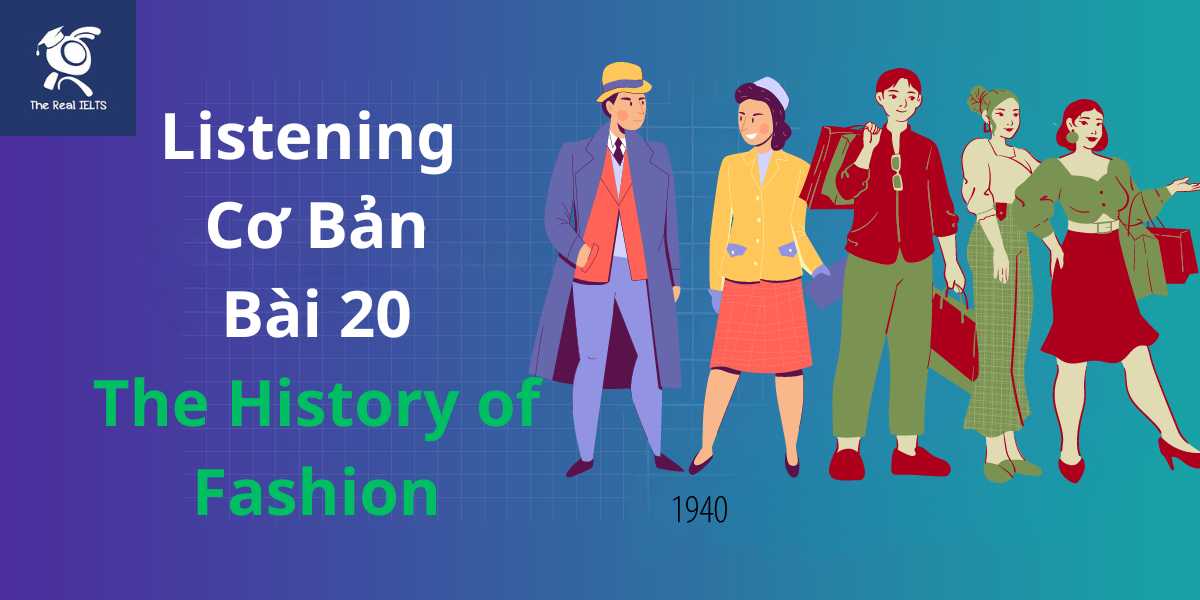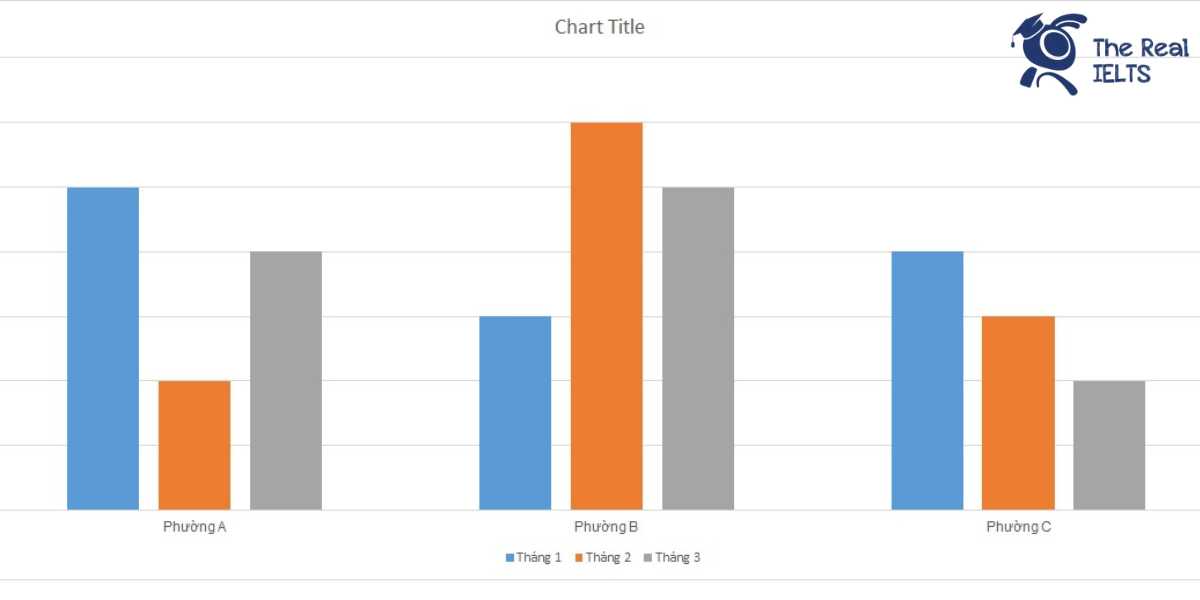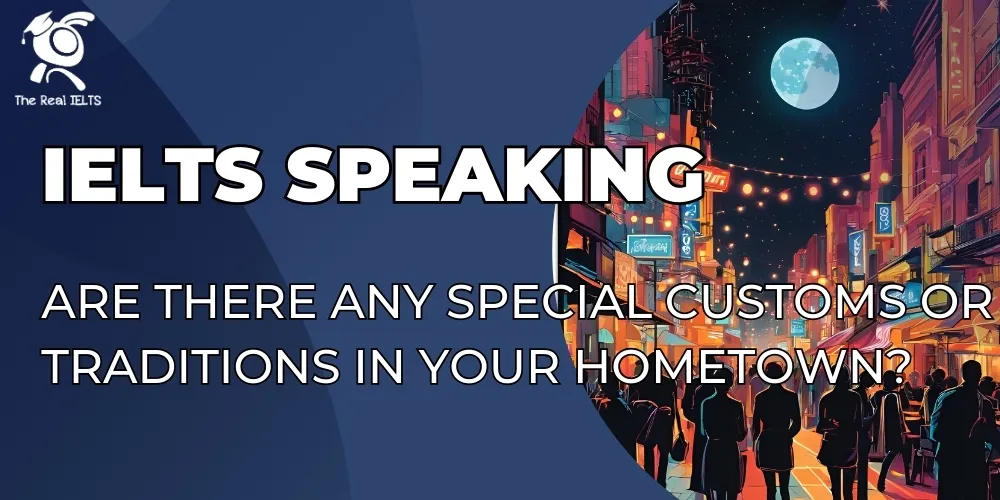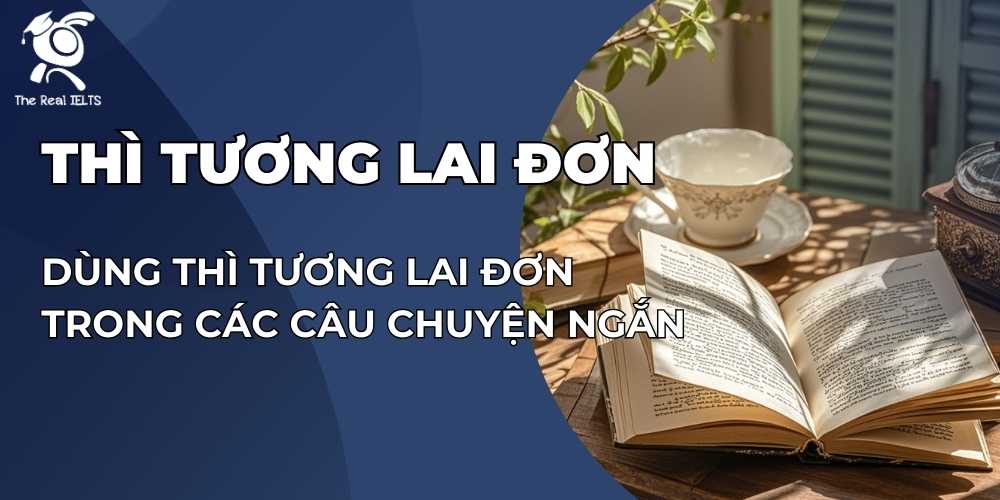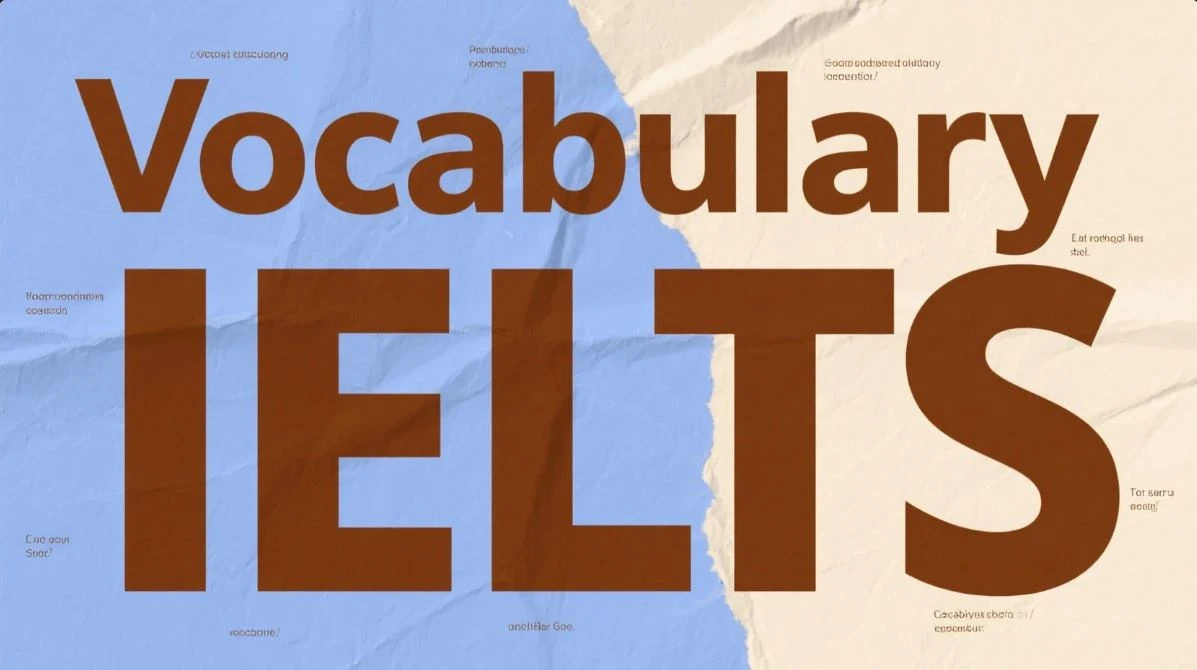Đề thi IELTS Reading có tiêu đề “The Role of Language in Cultural Identity”
Nhớ đọc thêm các bài luyện thi IELTS nhé.
IELTS Reading “The Role of Language in Cultural Identity“
The Role of Language in Cultural Identity
Language is far more than just a tool for communication; it is a crucial element that shapes and reflects the cultural identity of individuals and communities. Throughout history, language has been intertwined with culture, serving as both a repository and a transmitter of cultural values, traditions, and collective memory. It is through language that cultural narratives are passed down from generation to generation, ensuring the continuity and survival of cultural heritage.
One of the most fundamental ways in which language contributes to cultural identity is by fostering a sense of belonging. For many people, their native language is an intrinsic part of who they are, linking them to their ancestors, their community, and their cultural history. This connection is especially strong in communities where language has been preserved despite external pressures to assimilate into a dominant culture. For example, in many Indigenous communities around the world, language revitalization efforts are seen as essential to maintaining cultural identity. These efforts are not just about preserving words or grammar but about preserving a way of life, a worldview that is embedded in the language itself.
Language also plays a significant role in defining group boundaries. It acts as a marker of identity, distinguishing one group from another. This is evident in multilingual societies, where different languages often correspond to different ethnic or cultural groups. In such contexts, language can become a powerful symbol of cultural pride and resistance. The case of the Basque language in Spain, for instance, illustrates how a minority language can serve as a rallying point for cultural and political identity. Despite decades of suppression under Franco’s regime, the Basque people have maintained their language as a core component of their identity, using it to assert their distinctiveness from the broader Spanish culture.
Moreover, language is a dynamic entity that evolves over time, reflecting the changing realities of the cultures it serves. As cultures come into contact with one another through trade, migration, or conquest, languages borrow and adapt, leading to the creation of new dialects, pidgins, and creoles. This linguistic evolution is a testament to the adaptability and resilience of cultures. However, it also raises questions about cultural authenticity and the preservation of linguistic purity. In some cases, the dominance of global languages like English has led to the erosion of local languages and, by extension, the cultural identities tied to them. This phenomenon, often referred to as linguistic imperialism, highlights the tension between cultural globalization and the preservation of linguistic diversity.
The role of language in cultural identity is also evident in the way it shapes individual and collective consciousness. Language influences how people perceive the world, how they categorize their experiences, and how they interact with others. This is because language is not just a means of expressing thoughts; it is also a framework for thinking. The Sapir-Whorf hypothesis, which posits that the structure of a language affects its speakers’ cognition and worldview, underscores the deep connection between language and culture. According to this theory, speakers of different languages may perceive and interpret the world differently because of the linguistic categories available to them. For instance, the way time is conceptualized in different languages—some of which have multiple tenses while others have none—can lead to different cultural attitudes toward time and punctuality.
In multilingual individuals or communities, language can serve as a bridge between cultures, allowing for a more nuanced and multifaceted cultural identity. Bilingual or multilingual people often navigate between different cultural worlds, using language as a tool to express different aspects of their identity depending on the context. This linguistic flexibility can lead to a rich, layered sense of self, but it can also create challenges, particularly when there are conflicting cultural expectations associated with each language. The phenomenon of code-switching, where speakers alternate between languages in a single conversation, is a clear example of how language is used to negotiate cultural identity in real-time.
However, the relationship between language and cultural identity is not always straightforward. In some cases, the imposition of a dominant language on a minority group can lead to cultural assimilation, where the minority group’s language and, by extension, its cultural identity, are gradually eroded. This has been the experience of many Indigenous peoples around the world, who have seen their languages—and the cultures they represent—disappear under the pressure of colonization and globalization. In response, there has been a growing recognition of the need to protect and revitalize endangered languages as a way of preserving cultural diversity. UNESCO, for instance, has identified language preservation as a key component of its efforts to safeguard intangible cultural heritage.
In conclusion, language is a vital component of cultural identity, serving as both a marker of group belonging and a medium for the transmission of cultural knowledge. It shapes how individuals and communities see themselves and the world around them, influencing everything from social interactions to cognitive processes. As the world becomes increasingly interconnected, the role of language in maintaining cultural identity is more important than ever. The preservation of linguistic diversity is not just about saving languages from extinction; it is about preserving the cultural identities and worldviews that are embedded in those languages. In this way, language serves as a powerful reminder of the rich tapestry of human culture and the need to protect it for future generations.
Đề bài thi IELTS Reading
Section 1: Multiple Choice Questions (Choose One Answer)
- According to the passage, language serves primarily as:A) A method for teaching mathematicsB) A crucial element shaping cultural identityC) A tool exclusively for written communicationD) A means to enhance technological advancement
- Which community is mentioned as an example of language preservation efforts?A) The Basque communityB) Indigenous communitiesC) The English-speaking communityD) The Mandarin-speaking community
- The Sapir-Whorf hypothesis suggests that:A) Language has no effect on thought processesB) The structure of a language influences its speakers’ cognitionC) All languages are fundamentally the sameD) Language evolves independently of culture
- What phenomenon describes the alternation between languages in a single conversation?A) Linguistic imperialismB) Code-switchingC) Language revitalizationD) Multilingualism
- UNESCO identifies language preservation as part of safeguarding:A) Tangible cultural heritageB) Intangible cultural heritageC) Technological heritageD) Architectural heritage
Section 2: Multiple Choice Questions (Choose Multiple Answers)
- Which of the following are ways language contributes to cultural identity? (Choose TWO)A) By fostering a sense of belongingB) By limiting access to educationC) By defining group boundariesD) By preventing technological innovation
- Languages can evolve due to: (Choose TWO)A) TradeB) IsolationC) MigrationD) Digital communication
- The Basque language serves as a symbol for: (Choose TWO)A) Economic prosperityB) Cultural prideC) Political identityD) Educational reform
- Linguistic imperialism can lead to: (Choose TWO)A) Preservation of minority languagesB) Erosion of local languagesC) Strengthening of cultural identitiesD) Cultural assimilation
- Multilingual individuals may experience: (Choose TWO)A) A monolithic cultural identityB) A layered sense of selfC) Challenges with conflicting cultural expectationsD) Inability to communicate effectively
Section 3: True/False/Not Given
Determine whether the statement agrees with the information in the passage.
- Language is solely a means of verbal communication.
- True
- False
- Not Given
- The passage states that language evolution always strengthens cultural authenticity.
- True
- False
- Not Given
- Code-switching is presented as a challenge for multilingual individuals.
- True
- False
- Not Given
- The Basque language was never suppressed by any regime.
- True
- False
- Not Given
- UNESCO focuses exclusively on preserving written languages.
- True
- False
- Not Given
Section 4: Yes/No/Not Given
Determine whether the statement agrees with the author’s views.
- The author believes that language preservation is unnecessary in the modern world.
- Yes
- No
- Not Given
- According to the passage, globalization has no impact on linguistic diversity.
- Yes
- No
- Not Given
- The passage suggests that language shapes both social interactions and cognitive processes.
- Yes
- No
- Not Given
- The author thinks that language only affects collective consciousness, not individual thought.
- Yes
- No
- Not Given
- Language serves as a bridge between different cultural worlds for multilingual individuals.
- Yes
- No
- Not Given
Section 5: Matching Information
Match each statement (1-5) with the correct paragraph (A-E) where it is discussed.
Statements:
- The impact of global languages on local cultures
- The role of language in defining group boundaries
- Efforts to preserve endangered languages
- The connection between language and worldview
- The experience of Indigenous peoples with language loss
Paragraphs:
A) First Paragraph
B) Second Paragraph
C) Third Paragraph
D) Fifth Paragraph
E) Seventh Paragraph
Section 6: Matching Headings
Choose the correct heading (I-X) for each section (A-F) of the passage.
Headings:
I. Language as a Tool for Communication
II. Language and Group Identity
III. The Evolution of Language
IV. Multilingualism and Cultural Identity
V. Challenges of Language Preservation
VI. The Influence of Language on Thought
VII. Language as Cultural Heritage
VIII. The Role of UNESCO in Language Preservation
IX. Language and Globalization
X. The Future of Linguistic Diversity
Sections:
A) Introduction
B) Language Defining Group Boundaries
C) Language Evolution and Adaptability
D) Multilingualism as a Cultural Bridge
E) Impact of Dominant Languages
F) Conclusion
Section 7: Matching Features
Match each feature (1-3) with the appropriate example or concept from the passage.
Features:
- A minority language used as a symbol of cultural identity
- A hypothesis linking language structure to cognition
- A global organization involved in language preservation
Examples/Concepts:
A) Sapir-Whorf hypothesis
B) Basque language
C) UNESCO
Section 8: Matching Sentence Endings
Match the beginning of each sentence (1-5) with the correct ending (A-E).
Beginnings:
- Language revitalization efforts in Indigenous communities
- Code-switching demonstrates
- Linguistic imperialism refers to
- The Basque people have maintained their language
- UNESCO has identified language preservation as
Endings:
A) the ability to express different aspects of identity
B) the erosion of local languages due to dominant languages
C) a core component of cultural identity
D) the transmission of cultural values and traditions
E) a key component of safeguarding intangible cultural heritage
Section 9: Sentence Completion
Complete the sentences using words from the passage.
- Language acts as a __________ of identity, distinguishing one group from another.
- The __________ hypothesis posits that the structure of a language affects its speakers’ cognition.
- Efforts to preserve languages often aim to maintain not just words but also a __________ embedded in the language.
- The dominance of global languages like __________ has led to the erosion of local languages.
- __________ is an example of a phenomenon where speakers alternate between languages in conversation.
Section 10: Summary Completion
Complete the summary below using words from the passage.
Summary:
Language is integral to cultural identity as it serves as a __________ of group belonging and a medium for __________ cultural knowledge. Through language, communities can preserve their __________ and pass down their __________ to future generations. However, the rise of __________ languages poses a threat to linguistic diversity, leading to concerns about __________ and cultural assimilation. Organizations like __________ are working to protect endangered languages, emphasizing the importance of maintaining __________ for future generations.
Section 11: Diagram Label Completion
Label the parts of the following diagram based on the passage.
Diagram: The Relationship Between Language and Cultural Identity
- [Box 1]: __________
- [Box 2]: __________
- [Box 3]: __________
- [Box 4]: __________
- [Box 5]: __________
Labels to include concepts such as Communication Tool, Cultural Values, Group Identity, Cognitive Framework, Preservation Efforts.
Section 12: Short Answer Questions
Provide short answers based on the passage.
- What is linguistic imperialism?
- Name the minority language mentioned that serves as a rallying point for cultural identity.
- Which organization is highlighted for its role in language preservation?
- According to the passage, what does language influence besides communication?
- What is code-switching an example of in the context of multilingualism?
Đáp án bài thi IELTS Reading
Section 1: Multiple Choice Questions (Choose One Answer)
- B) A crucial element shaping cultural identity
- A) The Basque community
- B) The structure of a language influences its speakers’ cognition
- B) Code-switching
- B) Intangible cultural heritage
Section 2: Multiple Choice Questions (Choose Multiple Answers)
- A) By fostering a sense of belonging
C) By defining group boundaries - A) Trade
C) Migration - B) Cultural pride
C) Political identity - B) Erosion of local languages
D) Cultural assimilation - B) A layered sense of self
C) Challenges with conflicting cultural expectations
Section 3: True/False/Not Given
- False
- False
- Not Given
- False
- False
Section 4: Yes/No/Not Given
- No
- No
- Yes
- No
- Yes
Section 5: Matching Information
- E) Seventh Paragraph
- B) Second Paragraph
- D) Fifth Paragraph
- C) Third Paragraph
- A) First Paragraph
Section 6: Matching Headings
A) VII. Language as Cultural Heritage
B) II. Language and Group Identity
C) III. The Evolution of Language
D) IV. Multilingualism as a Cultural Bridge
E) IX. Language and Globalization
F) X. The Future of Linguistic Diversity
Section 7: Matching Features
- B) Basque language
- A) Sapir-Whorf hypothesis
- C) UNESCO
Section 8: Matching Sentence Endings
- D) the transmission of cultural values and traditions
- A) the ability to express different aspects of identity
- B) the erosion of local languages due to dominant languages
- C) a core component of cultural identity
- E) a key component of safeguarding intangible cultural heritage
Section 9: Sentence Completion
- marker
- Sapir-Whorf
- worldview
- English
- Code-switching
Section 10: Summary Completion
Summary:
Language is integral to cultural identity as it serves as a marker of group belonging and a medium for transmitting cultural knowledge. Through language, communities can preserve their heritage and pass down their traditions to future generations. However, the rise of global languages poses a threat to linguistic diversity, leading to concerns about language loss and cultural assimilation. Organizations like UNESCO are working to protect endangered languages, emphasizing the importance of maintaining linguistic diversity for future generations.
Section 11: Diagram Label Completion
- Group Identity
- Cultural Values
- Cognitive Framework
- Communication Tool
- Preservation Efforts
Section 12: Short Answer Questions
- Linguistic imperialism refers to the dominance of one language over others, often leading to the erosion of local languages.
- The Basque language.
- UNESCO.
- Cognition (or thought processes).
- The ability of multilingual individuals to alternate between languages based on context.
Luyện tập bài khác ở bài viết:”100 bài luyện IELTS Reading 2024 – 2025“




